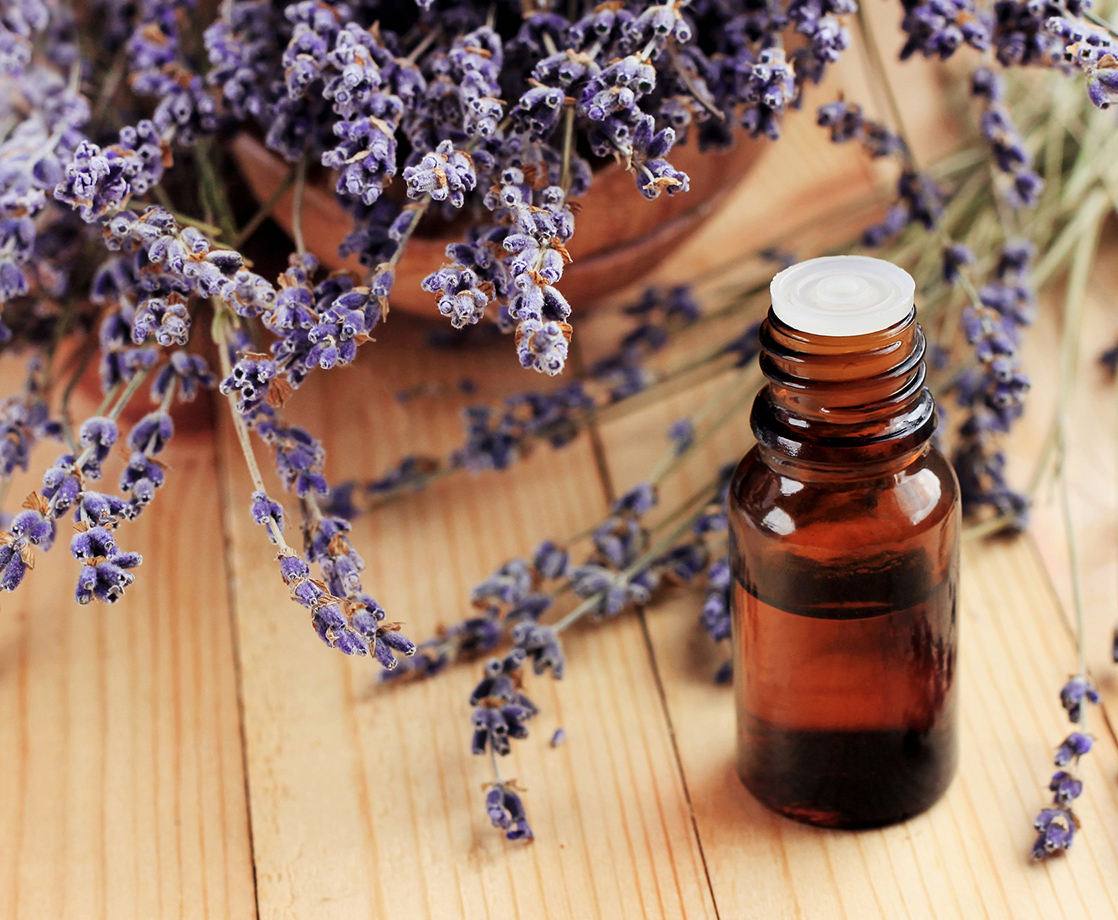If you’ve ever smelled weed that resembled fresh flower petals carrying a hint of spice, you were probably smelling linalool.
Linalool is one of over 100 terpenes produced by the cannabis plant. Terpenes are aromatic compounds that give cannabis buds their characteristic scents and flavors. Terpenes also confer some protection to the plants from the environment, pests, and herbivores; they can confer some health benefits to humans, too.
Linalool can be found in other plants besides cannabis, namely lavender. Willow-wolf, mugwort, goldenrod, basil, cilantro, oranges, mint leaves, and Indian bay leaves are other plants or herbs that produce significant amounts of this floral-yet-zesty compound.
Health Benefits of Linalool
Linalool possesses several medicinal properties. Studies show it can reduce anxiety, reduce inflammation, induce sleep, combat Alzheimer’s, kill microbes, and even kill cancer cells (under certain conditions). Insect repellents and pesticide formulations sometimes include linalool, as well. Be careful with concentrated linalool products such as essential oils, as too much of this good stuff can cause irritation of the skin, nose, throat, or lungs.
Most of the research done on linalool’s anti-anxiety effects looked at aromatherapy or other inhalation methods. Like many terpenes, orally ingesting it may not provide much benefit.
When consumed from cannabis, linalool may be one of the players in the so-called entourage, or ensemble, effect.
The entourage effect hypothesizes that cannabis buds and whole-plant extracts work as medicines when all of their chemical components – cannabinoids like THC, terpenes like linalool, and other compounds like flavonoids and phenols – affect the body all at once, amplifying each molecule’s individual potencies by essentially stacking their effects together.
For folks who enjoy aromatherapy or vaping their cannabis, linalool boils at 388°F (198°C).
Weed Strains Containing Linalool
Doesn’t linalool sound yummy? If you’re seeking out weed strains that contain significant amounts of this terpene, look into Amnesia Haze, Fire OG, Lavender, or LA Confidential, according to the strain databases at Wikileaf and Leafly. Sour Diesel and Cookies (a.k.a. Girl Scout Cookies or GSC) also produce linalool, but not as their most prominent terpenes.
However, terpene content and preservation in cannabis buds depends on a lot more than just genetics. Environmental temperatures, humidity, and other complications due to handling and transport can affect terpene profiles. If your dispensary offers test results, scope those out, and always remember a seasoned smell test can often confirm the presence of some terpenes.
Follow Randy Robinson on Twitter











